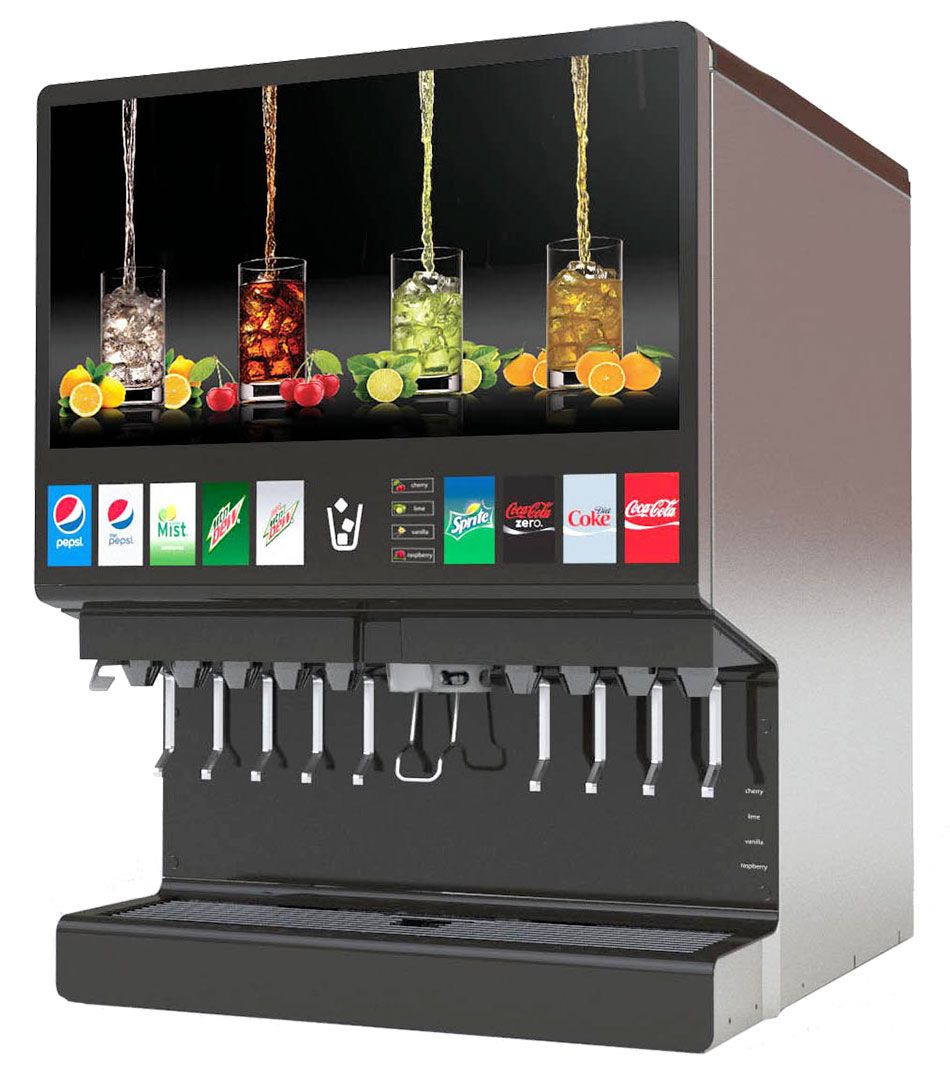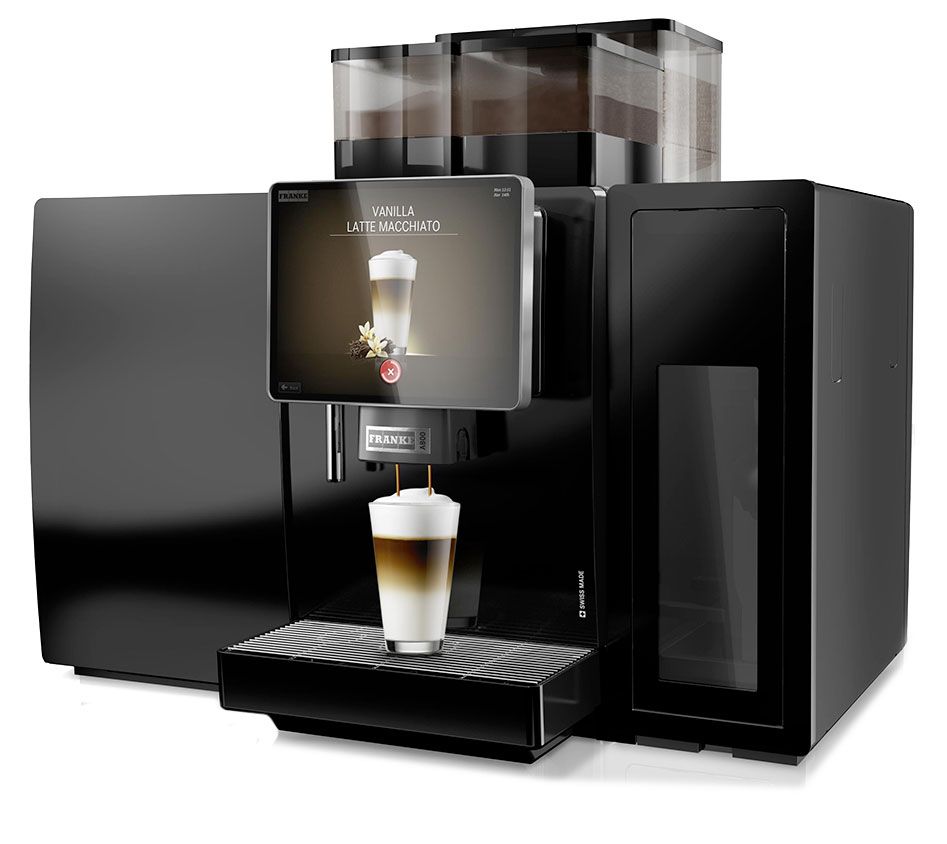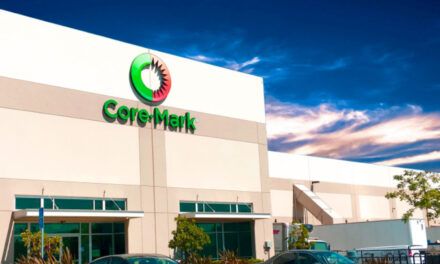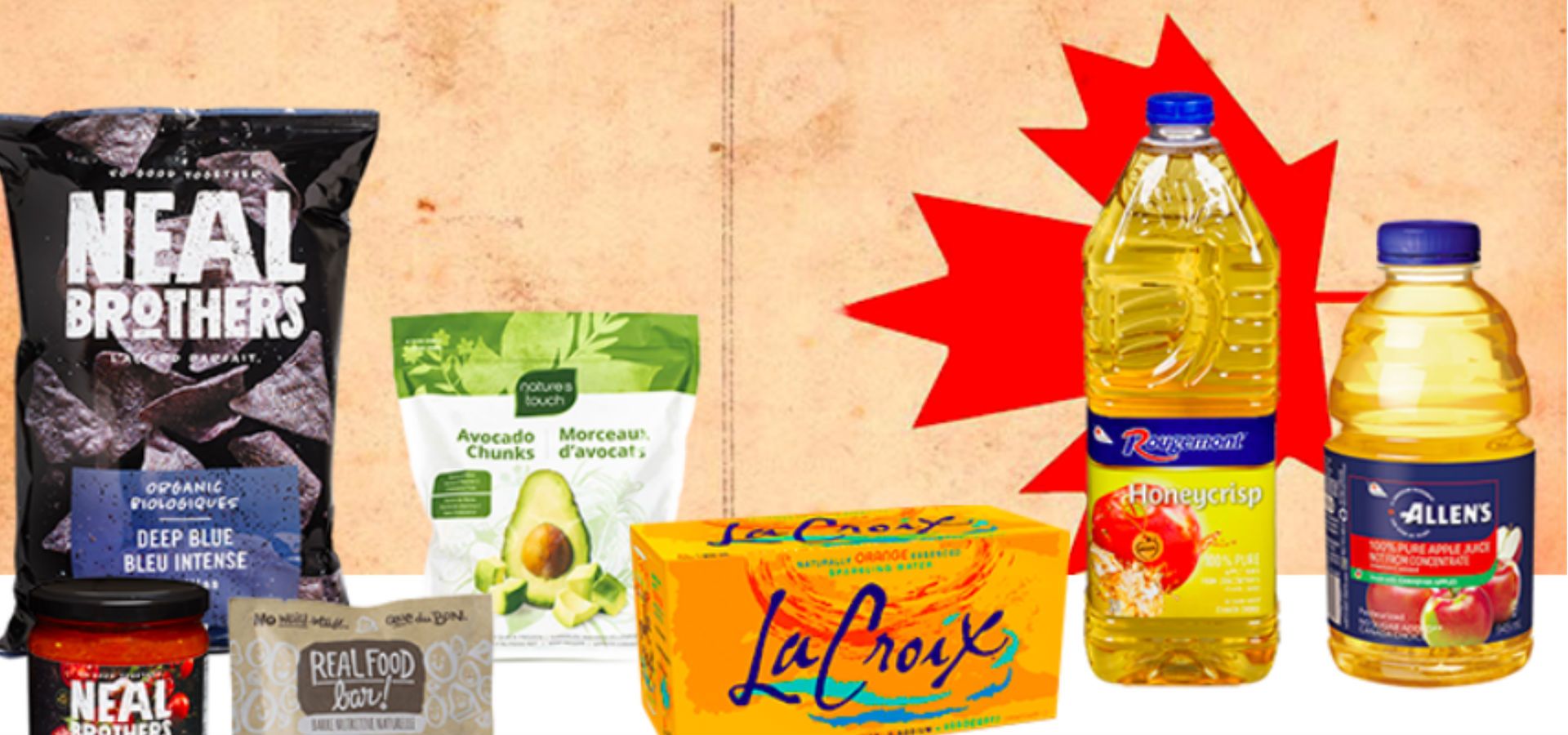
SUSTAINABILITY IS COOL IN REFRIGERATION

SUSTAINABILITY IS COOL IN REFRIGERATION
By Tania Moffat
Chances are most retailers are aware of the phase-out of R-22 (chlorodifluoromethane), a compound of hydrochlorofluorocarbon (HCFC). It is also likely that many retailers still have fixtures made before 2010 on their floor that use R-22 or other refrigerants, which include HCFCs and hydrofluorocarbons (HFCs).
As of January 1, 2020, Canada has discontinued the importation and manufacturing of R-22 as part of its commitment to stop HCFC consumption.
A Bit of History
HCFC’s areW listed as controlled substances in the Montreal Protocol on Substances that Deplete the Ozone Layer under the Vienna Convention. The phase-out of R-22 is due to a combination of two factors. It has a high (0.055) Ozone Depletion Potential (OPD), which causes direct harm to the ozone layer. The substance cannot break down in the lower atmosphere, remaining in the stratosphere for over 120 years. Here, it is broken down by ultra-violet rays, which speeds up the natural decay of ozone. Second, R-22 has a high (1,810) Global Warming Potential (GWP) producing greenhouse gasses that warm the earth by trapping heat.
An additional phase down, concentrating on overall HFC consumption, began with a 10 per cent reduction on January 1, 2019. A decrease in HCFs by 85 per cent will be completed by 2036. HFCs were introduced to replace hydrochlorofluorocarbons (HCFC). While they had a negligible effect on the ozone, they were added to the list of controlled substances under the Kigali Amendment due to the potent greenhouse gases they produced.
New R22 cooling systems can no longer be imported or manufactured, which means that retailers cannot install new units, replace or add-on to existing systems run with R22. However, existing fixtures and refrigerant can be kept at this time as there are no current restrictions on the use of R-22 equipment. R -22 stock will no longer be replenished, making the existing supply more expensive and difficult to obtain.
What does this mean for you? If your R22 system breaks down or requires repair, it may be time to look at retrofitting or replacing your existing system. It is recommended you speak with a local professional about the pros and cons of retrofitting versus replacing your units with a zero OPD, low GWP long term solution.
The U.S. Environmental Protection Agency estimated that HFC refrigeration systems leaked 25 per cent of their refrigerant annually; this is equivalent to 1,556 metric tons of CO2 emissions. When you multiply that by the number of commercial systems operating in the market across the world, it isn’t hard to see how detrimental to the environment these gases are.

Natural Refrigerants – What are They?
Unlike CFCs (chlorofluorocarbons), HCFCs, and HFCs that are synthetic chemicals, natural refrigerants are natural substances that can serve as refrigerants in cooling systems (including refrigerators, HVAC, and air conditioning). Natural products were used in the early 1900s for refrigeration until CFCs were introduced to the market in the 1930s.
Some of these natural alternatives include carbon dioxide, ammonia, and petroleum-derived hydrocarbons (like propane, isobutene, etc.). Advantages of natural refrigerants include their low or zero ODP and GWP, their production is not energy-intensive, and they do not form persistent waste in our atmosphere, biosphere or water. Products are readily available as they are produced for a variety of uses and as naturally occurring substances, they are not subject to trademarks or other proprietary licenses that increase their price. Natural products also experience fewer gas leaks, reducing operating costs, and when leaks do occur, the environmental impact is much less.
The reason for the development of CFCs was due to the additional safety measures these refrigerants required. Petroleum-based hydrocarbons are flammable, and ammonia is flammable, corrosive and toxic, but today, technological innovations and user training can mitigate these issues. Carbon dioxide requires exceptionally high pressure and creates a high compressor temperature.
Two products, in particular, have shown promise for retail refrigeration applications. CO2 and R290. CO2 has demonstrated positive results for several retail applications across Canada and Europe, and it will remain a sustainable choice for the foreseeable future.
A non-toxic propane, R290, has been specially formulated for use as a refrigerant and is also available for commercial refrigeration equipment. R290 has become quite popular in the industry.
What’s on the market
When asked what customers are looking for, Matt Judkins, director of corporate marketing for Hussmann Corporation, says that they are getting more inquiries for merchandisers that utilize natural refrigerants such as CO2 and Propane R290.
Hussmann Corporation uses propane R290 in its microDS and microSC line of low- and medium-temperature merchandisers, including open, multideck and reach-in units. R290 has proven to be highly efficient, using up to 150 g or 5.3 oz of propane per circuit (one circuit serves up to three doors of a reach in and four feet of an open multi-deck configuration. This is approximately 95 per cent less refrigerant than what’s required in HFC refrigeration systems, providing a huge savings for retailers.
Retailers looking for self-contained hydrocarbon cases for grab-n-go products can find a more environmentally safe alternative. The microDS line encourages the use of self-contained systems for entire stores, not just single spot or island merchandisers.
The joining of all refrigerant lines, charging, programming and testing of the units are done during manufacture, and the finished microDS systems are self-contained and hermetically sealed, meaning installation is simple and virtually leak-proof.
Hussmann, in partnership with Systemes LMP, also markets another natural refrigeration system – transcritical CO2. 
As we look toward a more sustainable future in refrigeration, retailers will have choices, and it seems these choices will not only benefit the environment but will benefit their pocketbooks in the long term as well.
Tania Moffat is a freelance writer, editor, photographer and marketer. She has over 16 years of experience in the publishing industry and can be reached at info@chiccountrylife.com



































